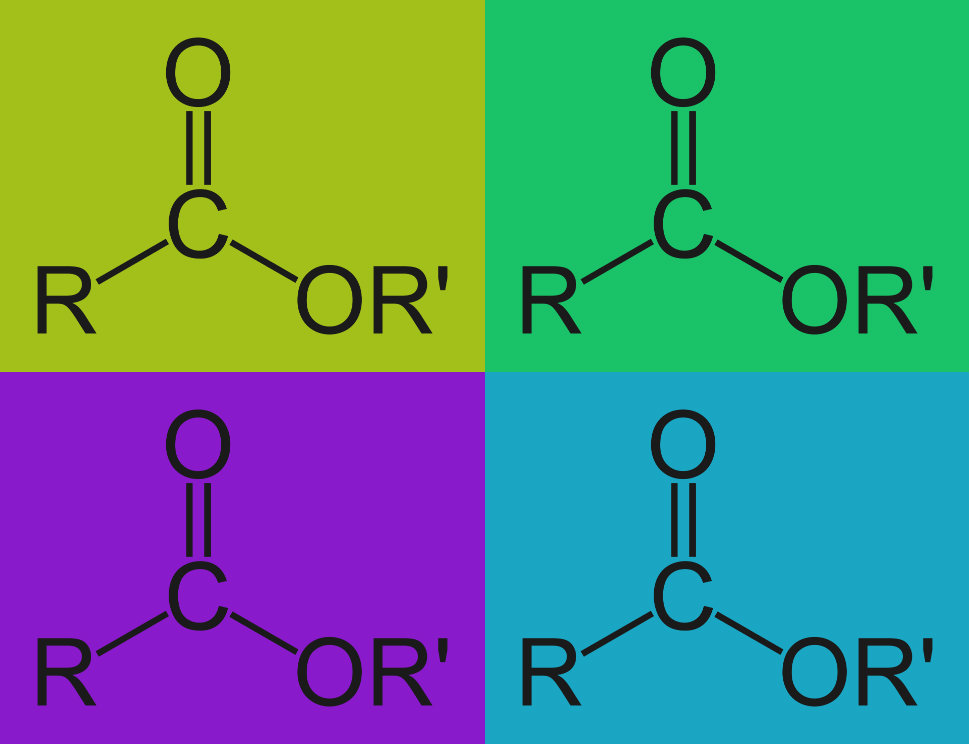Advanced Cleaning Mechanisms: The Last to Rinse
Q. What does “detergent is the last to leave the equipment surface” after rinsing mean? This seems like a broad statement, can it be supported by literature/documentation?
A. The only source of “detergent last to rinse” that I am aware of is based on the physical behavior of surface active agents and the interchangeable use of the word detergent and surfactant in common usage. More properly you should say the surfactant is the last to rinse. Learn More about Surfactant.
Advanced Cleaning Mechanisms: Cold or Warm for Proteins?
Q: Many of your Tergazyme related TechNotes and recommendations include warm temperatures. Warm temperatures can still denature some hormones and proteins thus causing cleaning problems. I would probably start with a cool (room temp or cooler) rinse (water). Then move to the 1-2% cleaning solution in warmer temperatures. Agreed?
Advanced Cleaning Mechanisms: Alkaline Hydrolysis
Alkaline Hydrolysis is a chemical reaction that takes place when tough organic residues are soaked in an alkaline solutions like detergent. Organic and biological compounds are altered and made unstable by alkaline cleaning agents as they undergo a process called alkaline hydrolysis. Alkaline hydrolysis breaks these residues into smaller more water soluble and more easily emulsified molecules.
There are two types of residues, specifically, that are broken down by alkaline detergents…
Advanced Cleaning: Relationship Between Conductivity, Surface Tension and pH
Q: I am doing a conductivity study using Alconox detergent. I am seeing that the pH and Surface Tension listed on the COA differs between lots. Do you think these variables affect conductivity enough to alter my results?
A: Here’s the short answer… Surface tension does not have any interactive relationship with conductivity; pH has a very small, essentially negligible interaction with conductivity; and concentration and temperature are much bigger causes of change in conductivity.
Advanced Cleaning Mechanisms: Detergency and Concentration
Intuition, logic, and maybe even some experiences, can lead us to believe more detergent is better. These everyday experiences where it might apply include your washing machine, dishwasher, or even your hands in the bathroom sink. But, what is actually meant by better? This is where concentration and detergency come into play, terms you may see in our literature and documentation, as well as our responses and solutions to cleaning challenges.




